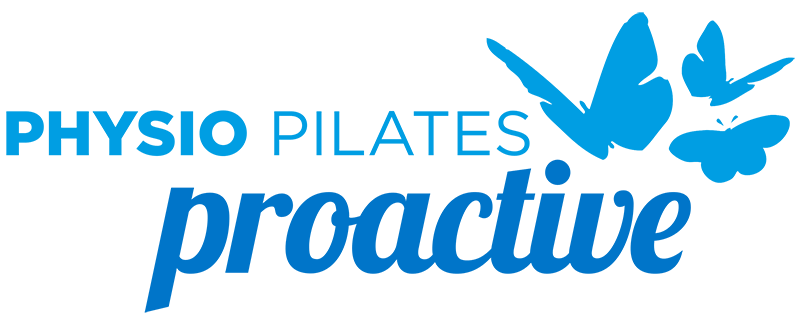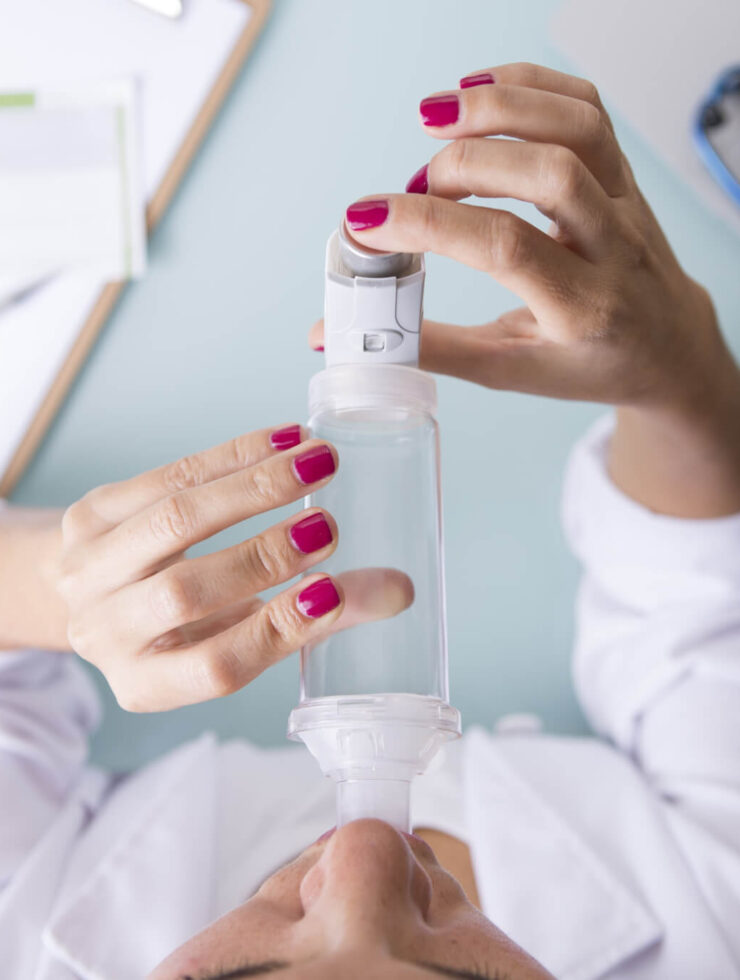The progression to pointe work is very exciting for young dancers. It can also be a worry for parents but most ballet schools and their teachers have become more diligent about who in the class may be ready for pointe work individually at different stages and ages and cooperate with dance physios in making the decision.
A pre-pointe assessment is performed by a physiotherapist with a thorough understanding of ballet technique who can determine if a ballet dancer is ready to commence pointe work. The dancer is generally no younger than eleven and ideally will have had at least 3 years of ballet training. Their dance teacher will usually request that they have a pointe assessment at a certain grade of their ballet syllabus and if they are considered to have sufficient technique.
In the pre-pointe assessment, the physiotherapist will further assess the dancer in more detail. They will look at pointe range, foot strength, ankle control, turn out range and core control and how these are incorporated into general ballet technique. The dancer will need to be wearing dance wear or fitted stretchy clothing so that posture and technique can be easily observed.
It is important to not rush into pointe work if the dancer is not ready in all these areas so that the dancer herself feels confident and comfortable commencing en pointe and for injury prevention. It is likely they will be given some exercises to improve in one or more of these areas before being able to dance safely en pointe.
I just wanted to thank you again for giving Maisie her pointe assessment. She was so excited to be given approval to begin her training and I thought that you might like a little update!
The very next day after the assessment we headed in to Dance Zone and with Olivia’s expertise we found the perfect pair of pointe shoes. Maisie was straight up onto those pointes and from all reports has been doing amazingly well and is looking super strong.
Thank you for giving Maisie such a wonderful experience that I’m am sure she will remember forever.
Emma S.




